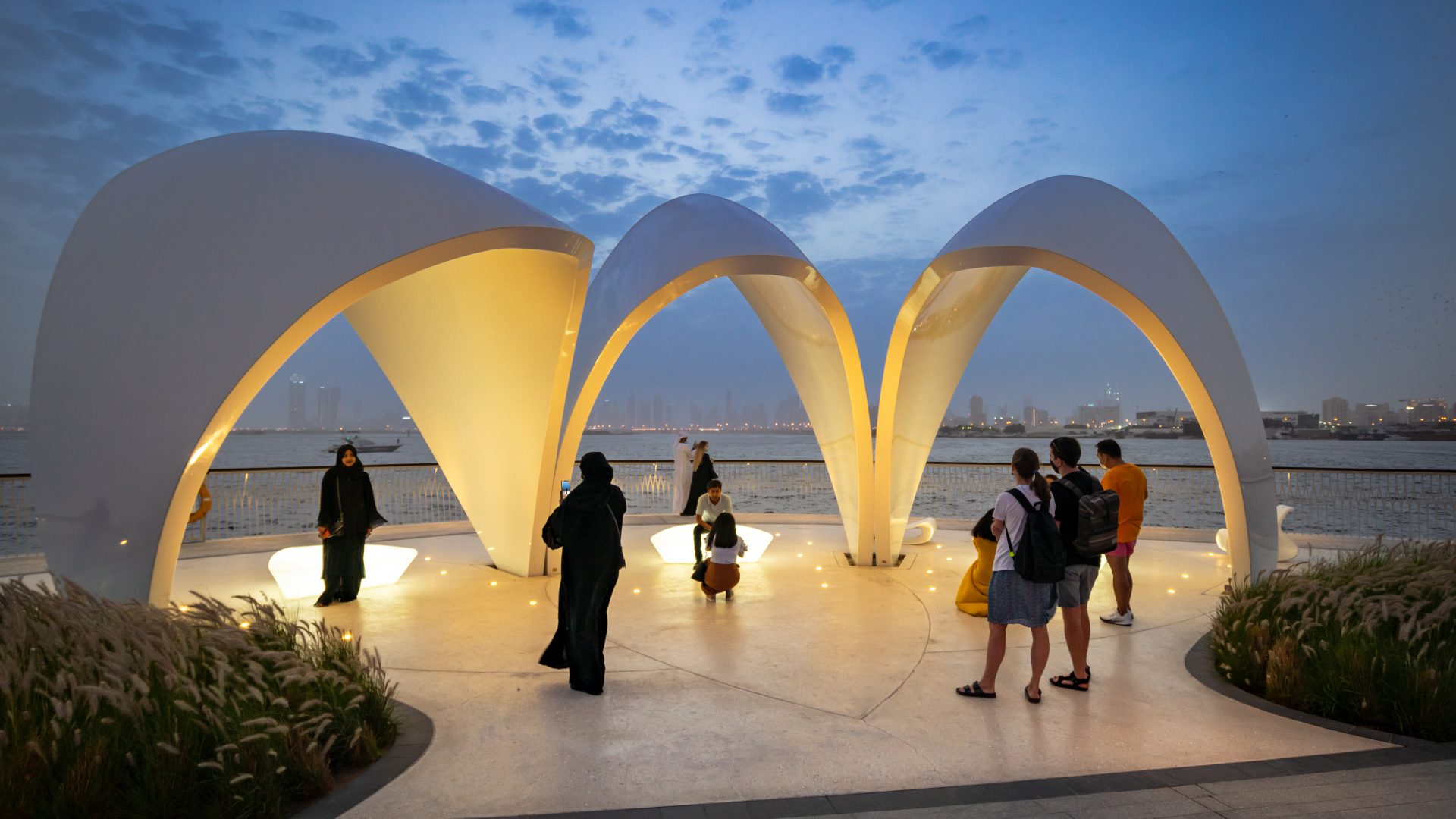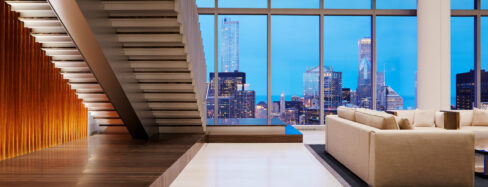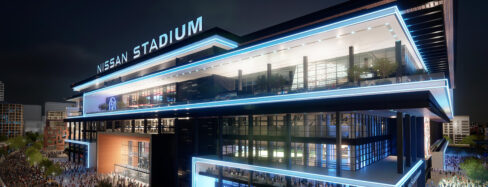Sustainability has become an important part of high-profile projects across the world. In the Middle East, sustainability is at the core of the development vision of the region. Across the GCC, extensive virgin landscapes offer immense opportunities for the development of modern and sustainable cities that could become models for the future. Many projects in the UAE are already reimagining what sustainable cities and outdoor spaces will look like. Lighting design will be critical in shaping their nighttime image. However, aside from thinking of how lighting will shape these spaces after dark, we must also start considering how lighting design will help meet the sustainability goals beyond simply reducing energy consumption.
Since its invention, electric lighting has been a major contributor to humanity’s rapid development. In modern society, electric lighting design has become a necessity, and it is no longer a luxury. Nevertheless, its excessive and careless use has impacted our ecosystem, not always in a positive way. The lighting footprint of society is clearly visible from space. Nighttime images taken from satellites over time have showed us how our world has become brighter and brighter and now we are realizing, maybe brighter is not better, but a growing challenge in design.
Lighting design is a big part of the sustainability equation. Sustainability involves processes and actions for the sustained development of our economy and our society in balance with our environment. A good lighting design focuses on quality instead of quantity, supports the development of economies and societies by promoting outdoor activities and entertainment, creating a sense of safety, aiding in wayfinding, uniting communities, and supporting their identity.
However, lighting design alone is only going to take us so far. Adding IoT and smart controls technology to the design process may be the extra impulse we need to design truly sustainable cities. Smart technology creates an interconnected and intelligent system that understands the needs of the city and acts in the best interest of communities as well as the environment. They will be key in maximizing energy savings, minimizing waste, lowering light spill and unnecessary brightness, among other environmental benefits. If we seek to create true sustainable cities, we should consider that in a not-too-far future, smart lighting control systems may also become a need and not a luxury.
Developing these vast uninhabited areas in the Middle East will be an uplifting challenge as they represent a great opportunity for the lighting design industry to bring new ideas, promote new technologies and rethink what we know to minimize our lighting footprint and move into the next phase of city master planning. At HLB, we are always ready for the challenge to bring inspired design to light.


